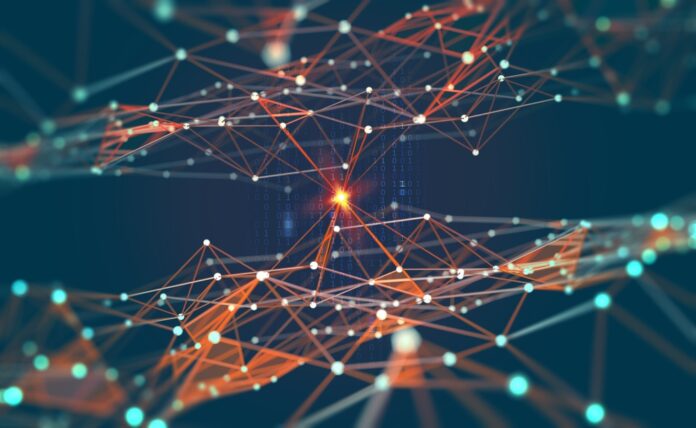Removing bits and pieces along coding branches in machine learning algorithms can reduce complexity in decision trees and improve predictive performance. Researchers at the U.S. Department of Energy’s Pacific Northwest National Laboratory have done it.
Searching with BNNs (binarized neural networks), researchers use pruning principles for significantly reducing computation complexity and memory demands. BNNs have similarities to deep neural networks, which require large amounts of computation. But BNNs use single bits to encode each neuron and parameter that use less energy and power for computation.
Pruning for faster growth
In 2016 researchers find out the value of BNNs for machine learning. If pruned or constructed in the right way, they consume less computing energy and are accurate as deep neural networks which BNNs have more potential to benefit resource-constrained environments like smart devices, mobile devices, and the Internet of Things (IoT) ecosystem. As mentioned by PNNL computer scientist, Ang Li Pruning is a close topic in machine learning. It can add software and architecture coding to start the trimming towards a spot that will have more benefits for the performance of a computing device that include lower energy needs and lower computing costs.
Pruning for precision
The research showed that pruning redundant bits of the BNN architecture led to a custom-built out of order BNN which is called O3BNN-R. Their work shows a highly condensed BNN model that then could display high-performing supercomputing qualities, which can be shrunk significantly further without loss of accuracy. Their research shows this out-of-order BNN can prune an average of 30% of operations without any accuracy loss. With an additional step called regularization at training is used, the performance can be improved by the addition of 15%.
Pruning for power
Out-of-order BNN’s contributions to the IoT. Li mentioned the implementation of a remodeled BNN could also give a boost to existing software those guards against cyberattacks when deployed in the power grid by helping existing sensors detect and respond to an attack.
The Internet of things (IoT) represents the network of physical objects such as that are embedded with sensors, software, and other technologies to connect and exchange data with other devices and systems over the Internet.

